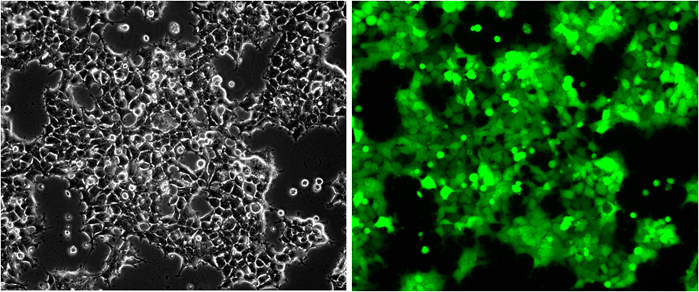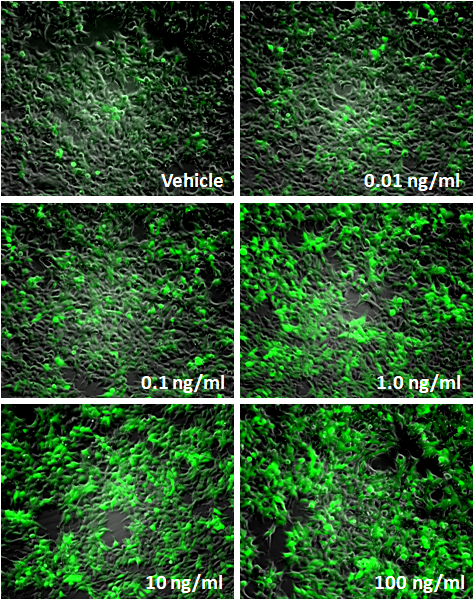Anti-Human CD16 PE-DyLight® 594 (Clone : 3G8)

Figure 1 : Flow cytometry surface staining pattern of human peripheral whole blood stained using anti-human CD16 (3G8) PE-DyLight® 594 antibody (4 µl reagent / 100 µl of peripheral whole blood).
Roll over image to zoom in
Shipping Info:
For estimated delivery dates, please contact us at [email protected]
| Amount : | 100 tests |
| Isotype : | Mouse IgG1 kappa |
| Purification : | The purified antibody is conjugated with tandem dye PE-DyLight® 594 under optimum conditions. The conjugate is purified by size-exclusion chromatography. |
| Content : | Formulation : Stabilizing phosphate buffered saline (PBS) solution containing 15 mM sodium azide |
| Storage condition : | Store in the dark at 2-8°C. Do not freeze. Avoid prolonged exposure to light. |
| Gene : | FCGR3A |
| Gene ID : | 2214 |
| Alternative Name : | FcgammaRIII, IGFR3, FCRIII, |
| Immunogen Information : | Human neutrophils |
CD16 (FcgammaRIII) is a 50-65 kDa glycoprotein serving as a low affinity IgG receptor. Human FcgammaRIII is expressed in two forms – FcgammaRIII-A and -B. FcgammaRIII-A is a transmembrane protein of monocytes, macrophages, NK cells and a subset of T cells. It is associated with FcepsilonRI-gamma subunit and is responsible for antibody-dependent NK cell cytotoxicity. Mast cell FcgammaRIII-A is associated, moreover, with FcepsilonRI-beta subunit. Besides IgG, FcgammaRIII-A can be triggered also by oligomeric IgE. FcgammaRIII-B is a GPI-linked monomeric receptor expressed on neutrophils and is involved in their activation and induction of a proadhesive phenotype.
Specificity : The mouse monoclonal antibody 3G8 recognizes an extracellular epitope of CD16, a low affinity receptor for aggregated IgG (FcgammaRIII antigen). CD16 exists in two different isoforms: CD16a (FcgammaRIIIA; 50-65 kDa; expressed on NK-cells, monocytes and macrophages) and CD16b (FcgammaRIIIB; 48 kDa; mainly expressed on neutrophils).
Flow cytometry: The reagent is designed for analysis of human blood cells using 4 µl reagent / 100 µl of whole blood or 106 cells in a suspension. The content of a vial (0.4 ml) is sufficient for 100 tests.
For Research Use Only. Not for use in diagnostic/therapeutics procedures.
|
There are currently no product reviews
|



















.png)













